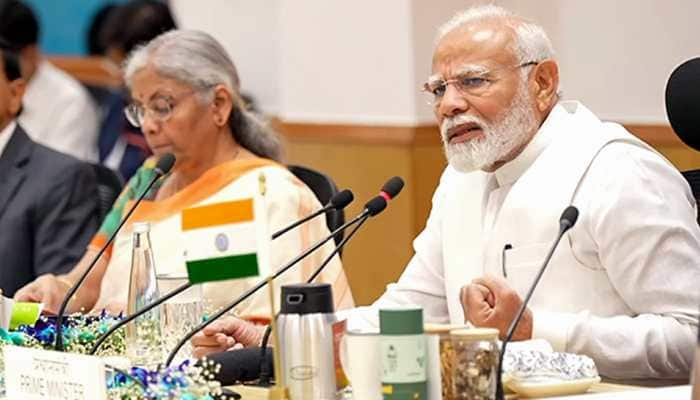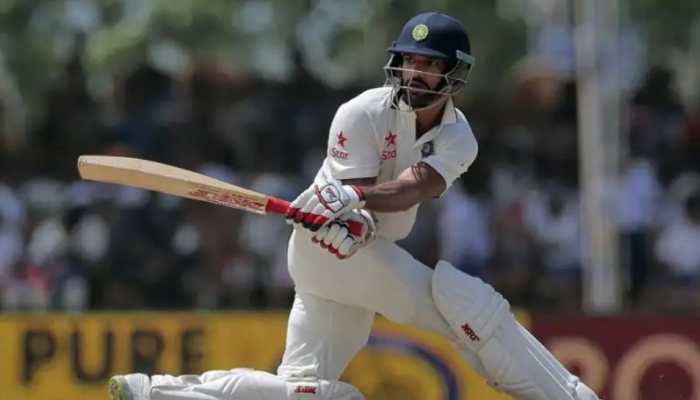'Jewellery sales may fall 40-50 tonnes in Jan-Mar on strike'
Jewellery sales is likely to fall by 40-50 tonnes in the January-March period due to the ongoing strike against proposed 1 percent excise duty on non-silver jewellery, according to ICRA
Trending Photos
)
New Delhi: Jewellery sales is likely to fall by 40-50 tonnes in the January-March period due to the ongoing strike against proposed 1 percent excise duty on non-silver jewellery, according to ICRA.
The strike by jewellers entered 27th day today with a large number of jewellers and bullion traders across the country continuing with their protest against the Budget proposal.
"...Jewellery consumption, which was witnessing signs of improvement over the last two quarters of calendar year 2015 (on the back of festive and marriage seasons), is likely to contract during first quarter of 2016 owing to the impasse. This is despite demand being relatively stable," ICRA said in a report on 'Indian Gold Jewellery Retail Industry'.
The regulatory proposition and the consequent strikes are likely to have impacted industry volumes and margins during January-March quarter.
However, ICRA said the move is likely to positively benefit organised players by creating a level playing field on pricing.
"ICRA expects jewellery volumes for the quarter(Jan-March) to decline by about 40-50 tonnes; however, overall volumes for the year 2016 is likely to be relatively stable with jewellers gradually adhering to the norms and volumes to be spurred by pent up demand (purchases spilling over the subsequent quarters)," ICRA said.
In the entire 2016, it estimates the demand at 825 tonnes, slightly lower than its earlier projection of 833 tonnes.
While there has been some short term impact on volumes and margins, ICRA said the performance over the next 12 months is unlikely to be impacted significantly.
"The additional 1 percent cost is likely to be passed on to the consumers and would not have a major impact on demand as prices have remained lower than past highs and jewellers have adjusted to sharper increase in duty (customs duty raised from 4 percent to 10 percent) in the past," ICRA said.
Stating that organised players could take a hit in the near term as small unorganised players may not adhere to these rules, the agency said "...Upon strict enforcement, these measures could result in a more level playing field as payment of excise duty and sales tax would bridge the pricing advantage enjoyed by unorganised players."
While unorganised players are expected to gradually fall in line with expectations over the medium term, organised jewellers have already begun registering with the excise department.
"The measure, in addition to aiding the organised retail industry over the medium to long term, would favour the organised jewellery manufacturers as well, as they possess strong information systems to comply with the requirements," ICRA said and expected that the sourcing mix for organised retailers would incline towards these manufacturers.
Stay informed on all the latest news, real-time breaking news updates, and follow all the important headlines in india news and world News on Zee News.
Live Tv







)
)
)
)
)
)
)
)
)
)
